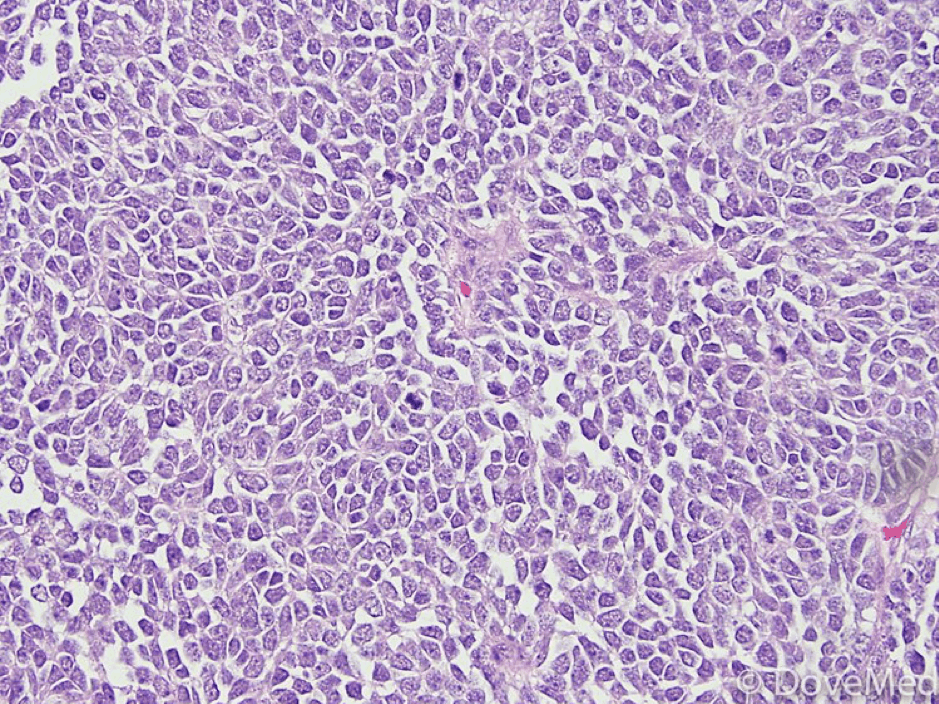
Craniospinal irradiation (CSI) is a crucial component of treatment for medulloblastoma (MB), a brain tumor clinically stratified into prognostically distinct molecular subgroups. Preclinical models of clinically relevant CSI offer the potential to study radiation dose and volume effects in these subgroups and to identify subgroup-specific combination adjuvant therapies, particularly for very-high-risk MB in which treatments are often unsuccessful.
In their paper “Preclinical Modeling of Image-Guided Craniospinal Irradiation for Very-High-Risk Medulloblastoma” Smith SMC, Bianski BM, Orr BA, et al used the Small Animal Radiation Research Platform equipped with a motorized variable collimator was used for image-guided CSI.
Mice were implanted in brain cortices with patient-derived orthotopic xenografts (PDOXs) of very-high-risk Group 3 (G3) or Sonic Hedgehog (SHH) MB and were treated with fully fractionated CSI at 2 Gy/fraction for a cumulative 36 Gy. Radiation therapy dose response effects on tumor burden and overall survival were assessed. The pattern of treatment failure was determined using bioluminescence and then confirmed histologically. Acute toxicity was appraised by body weight measurements and blood work.
They established an accurate and efficient preclinical protocol to administer CSI reproducibly to mice harboring MB. CSI improved the survival of mice bearing very-high-risk G3 or SHH MB PDOXs. However, radiation therapy dose responses across models suggested significant radio-responsiveness to conventionally fractionated CSI ≥20 Gy. CSI was well tolerated; mice had no significant changes in body weight, and acute leukopenia developed but resolved soon after therapy completion.
The protocol for preclinical CSI delivery was effective and well tolerated, and it can be readily integrated into preclinical pipelines for MB and other central nervous system-seeding tumors.
This Xstrahl In Action was adapted from a article found on a National Library of Medicine website.
SARRP Research Spotlight: Dr. George Wilson
George Wilson, PhD, Chief, Radiation Biology, William Beaumont Hospital Radiation Biology focuses on translational research in the areas of new treatments, combined modalities, and stem cell biology. The group has a heavy emphasis on incorporating molecular,...






